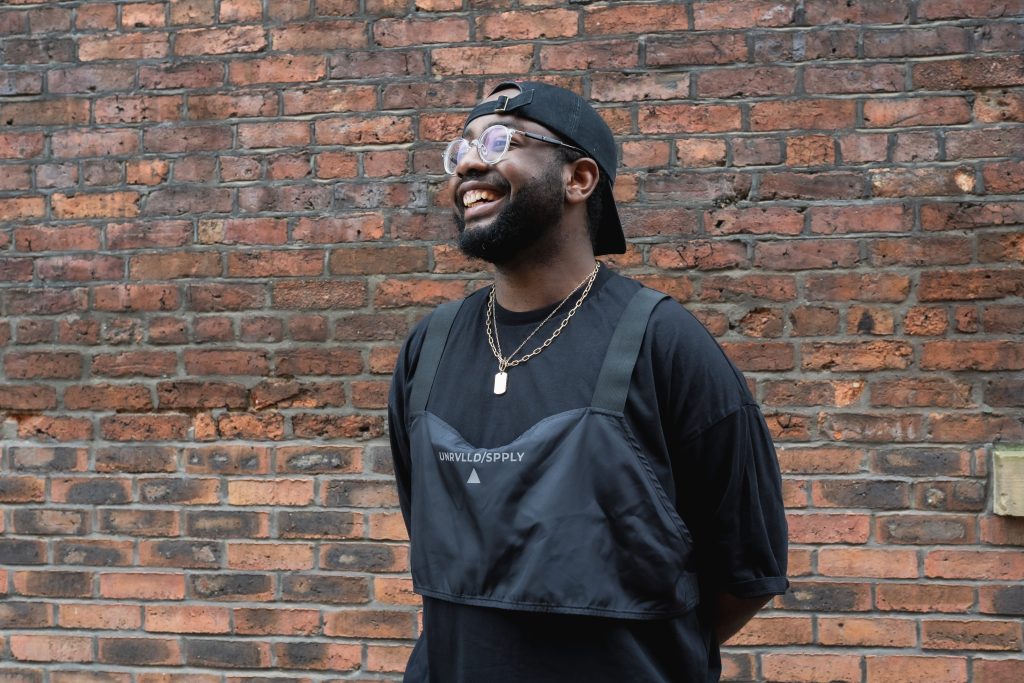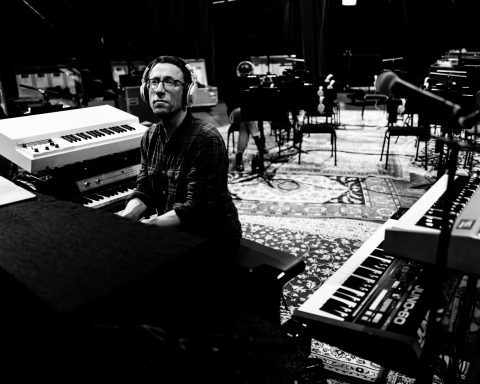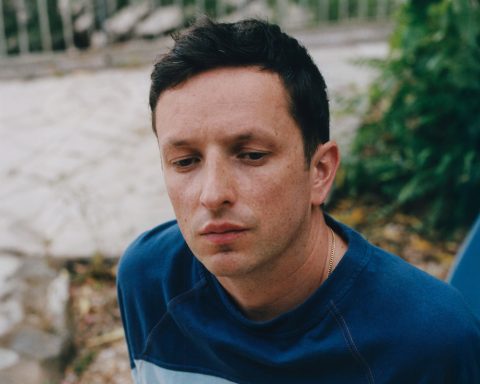Already possessing a keen interest in music production, Junior Simba moved from Zimbabwe to Leeds in his late teens, where he discovered a passion for the UK house scene. Picking up a previously discarded copy of FL Studio, he began making tracks while DJing at local clubs and bars, first releasing music in 2020. Celebrating his musical ancestry is vital to Simba’s musical philosophy, infusing instrumentation from African kwaito, rhumba, and sungura music into his unique-sounding productions. Well on his way to becoming a household name, recent singles “Channel Z” (w/ Kilimanjaro) and “Head Round” are fine examples of Simba’s ability to toggle musical styles and keep audiences guessing.
A Preacher’s Grandchild
Were you already involved in production before moving from your homeland, Zimbabwe, to Leeds?
I was a preacher’s grandchild who had to play keyboards and learn gospel music for the church choir when I was given a copy of Fruity Loops. I messed around with it for a while but lost interest and started DJing at boarding school, which was quite different from the English versions. Once a month, they’d have student DJs playing, and dancehall was big there. So I learned all the names of the riddims and artists and started making mixes using VirtualDJ software. I moved to Leeds when I was 16 and studied actuarial maths until I picked up FL Studio again and began making music and DJing on the side at house parties.
How long did it take to get noticed?
That was six years ago, but I kept at it until the next thing I knew my track was being played on the radio. I made a song called “Tambo,” which combines North African-sounding guitar with Southern African vocals. When it was played on BBC Radio 1, I thought, “I can do this.” But my university grades went down after that. I was more focused on sending out flyers, working at clubs and bars, and getting on the guest lists for festivals, which was educating.
“My first love would be South African house because it’s quite emotional and has lots of percussion and grooves.”
Musical Heritage
What Zimbabwean dance genres would you consider seminal to your upbringing?
At primary school, I’d listen to a genre called kwaito, which is linked to South African house and artists like DJ Smooth and Black Coffee. Then I started listening to rhumba, which is music from Cameroon, DR Congo, and Côte d’Ivoire, and Zimbabwean sungura, which was all over the radio every Christmas. My grandmother would play gospel music at home, and rap and hip hop were popular at boarding school before EDM crept in. But my first love would be South African house because it’s quite emotional and has lots of percussion and grooves.

Eclectic Productions
Your output is very eclectic. Do you feel it’s important to surprise people from release to release?
You’ve literally asked a question that’s going on in my brain at the moment. I always say that if you want to know what Junior Simba’s next song will be, then look at where I’ve been. If I come back from an Afro House party, I’ll start making Afro-house. And after I went to the last night at Printworks London, I started making techno. None of it’s planned—it just happens, but this year, I hope to tie everything together as a body of work. If there’s one thing I want to keep at the core of my tracks, it’s the emotion.
An excellent example of this polarity exists on your recent singles, “Channel Z (w/ Kilimanjaro)” and “Head Round.”
“Channel Z” is basically two friends in a studio having fun and messing about. Josh Kilimanjaro and I get on the mic and engage in the patter. But it’s very minimalist with one Reese sub bass, percussion, and not a lot of melody. “Head Round” was worked on at the same time. It was initially a very mellow and emotional track with no drums, but it turned into something very bass and drum-heavy with R&B vocal samples.
Is it your philosophy to embed African instrumentation into your tracks?
I had a sound identification crisis where I didn’t know whether I wanted to use samples or make my own sounds. Traditional Zimbabwean instruments always include something like a Ngoma, which is made from cow skin tied around a wooden drum and can carry a whole rhythm track on its own. So, I always try to use African percussion instruments in that way. I also went through a phase of spending all of my money on synths before realizing I could never have enough, but I did buy a Roland JD-08 because it sounded different from anything I’d heard, and I wanted to make unique-sounding drums.
Is it more satisfying to create your own sounds than to use a sample pack of African sounds?
It depends on the situation. If I’m on my laptop and can’t physically get a drum to make a sound, I’m happy to use a sample pack. And some of them are very authentic. Still, sometimes you want to create something entirely your own, so I’ll set up my microphone and a little bongo drum and try to recreate a sample. It might not sound as good as someone else playing that instrument, but it’ll be unique to me.
“I bought the Roland JD-08 synth because it sounded different from anything I’d heard, and I wanted to make unique-sounding drums.”
Vocal Collaborations
Do you tend to have most of a track finished before calling on a vocalist to collaborate?
Typically, I’ll send out a full beat, the vocalist will come back to me, and I’ll change the whole track and rewrite the beat to their style. If we’re in the same room, we’ll write together, and I’ll always lead by asking how we’re feeling today. The sadder the emotion, the better because you tend to think less and feel more. When you’re writing happy stuff, the chords have to change quickly, but a sad chord can be repeated for four bars and carry more soul.
“I find the sadder the emotion the better, because you tend to think less and feel more.”
Beat Sequencing
What are you using for beat creation and sequencing?
I always wanted an original Roland TR-808 or 909 but couldn’t afford them. Then, I saw someone using the TR-8 as a drum machine, which effectively combines the two. I like things that are plug-and-play so I can stay in my flow, and I hate unplugging one piece of gear to play another.
Is that why you favor the battery-operated Roland J-6?
The J-6 Chord Synthesizer was the first synth I bought. I’m not musically trained, so I can’t always play the right chords straight away, but you can chain the J-6 to gear, trigger arpeggiated notes, and make chord progressions with it. It also fits in my bag easily, so I’ll put the batteries in, connect via USB MIDI, and play it seamlessly through my MPC. The MPC is the brain; it syncs all my synths and sits next to a mixer so I can multi-channel and record at the press of a button.

Future Plans
You mentioned wanting to create a more cohesive collection of tracks this year—an album, perhaps?
An album is probably too premature right now. I want to collaborate with vocalists and artists and work towards creating some sort of audio-visual show. Some of the tracks I’m working on are about half an hour long—a bit like a continuous mix tape, so I’ll probably end up cutting that up into singles and releasing them, but I’m still planning it all out.







